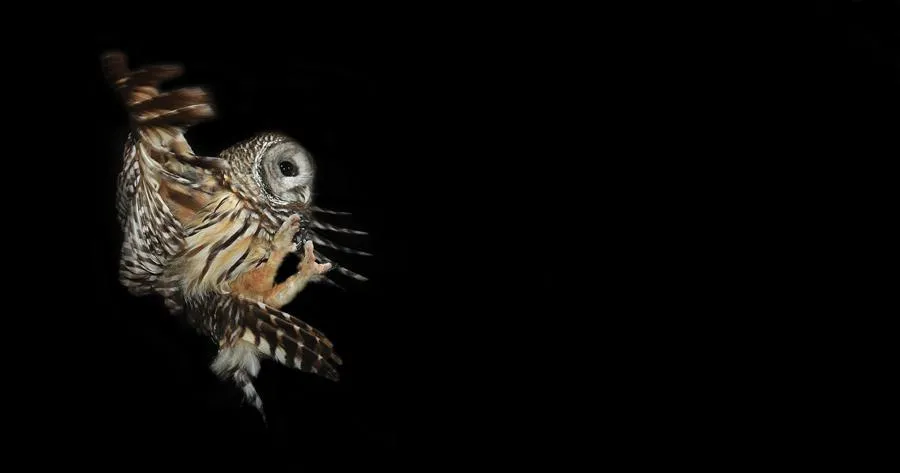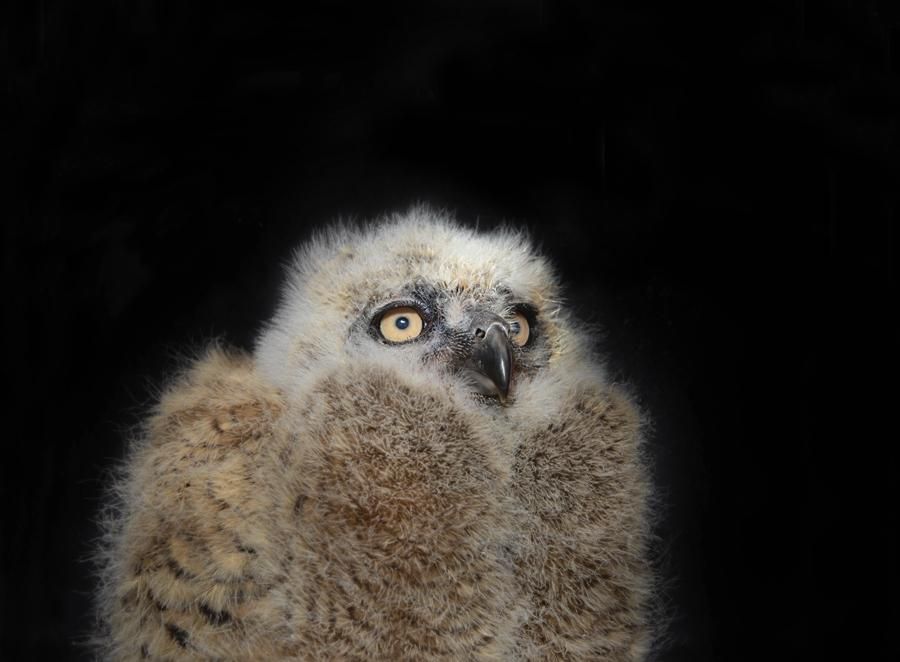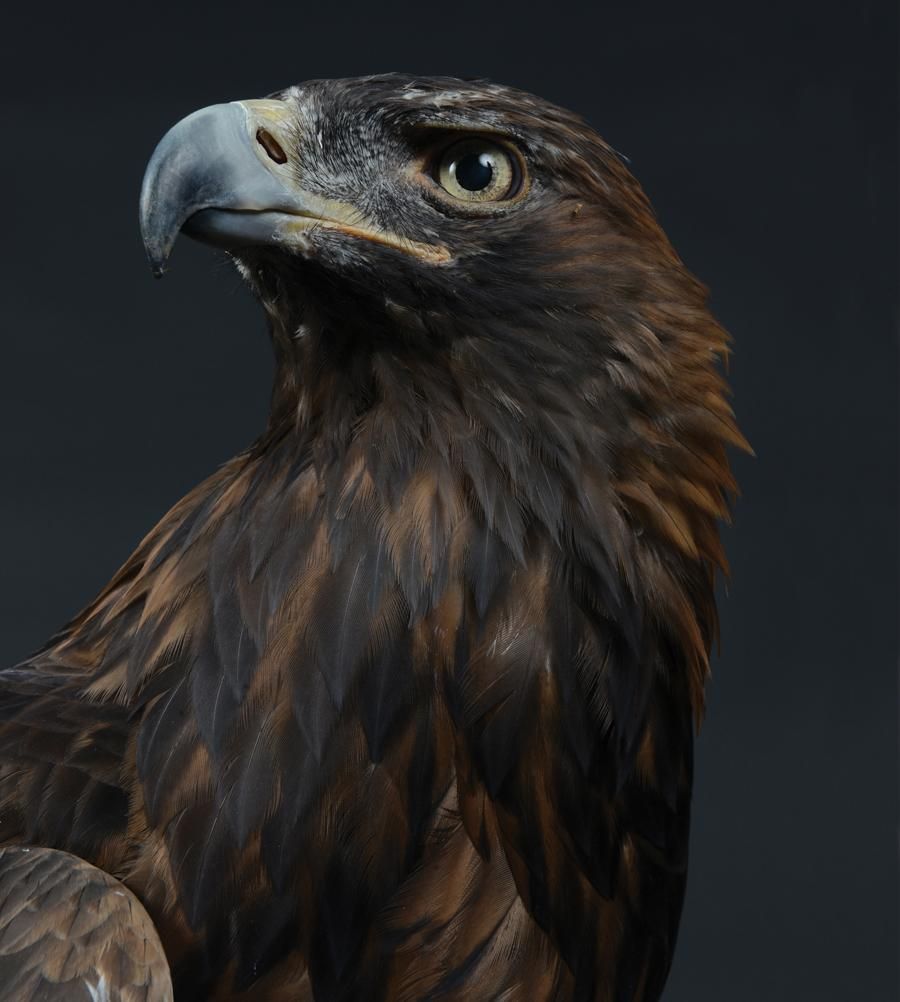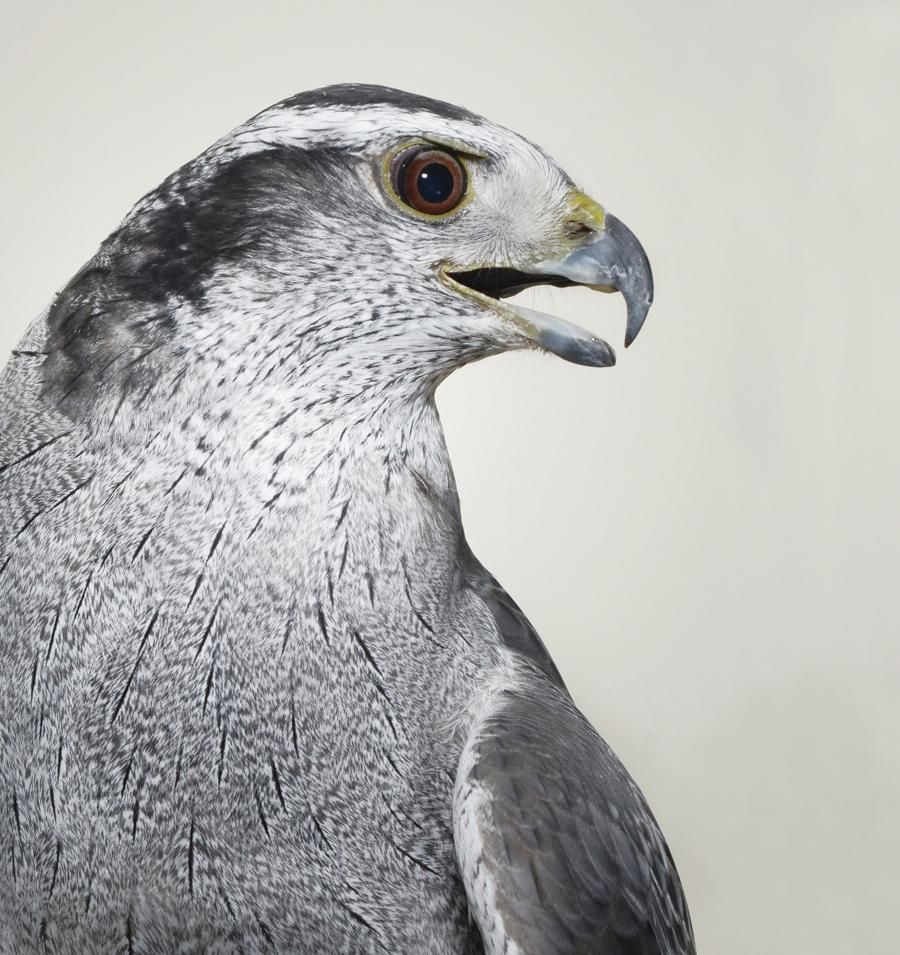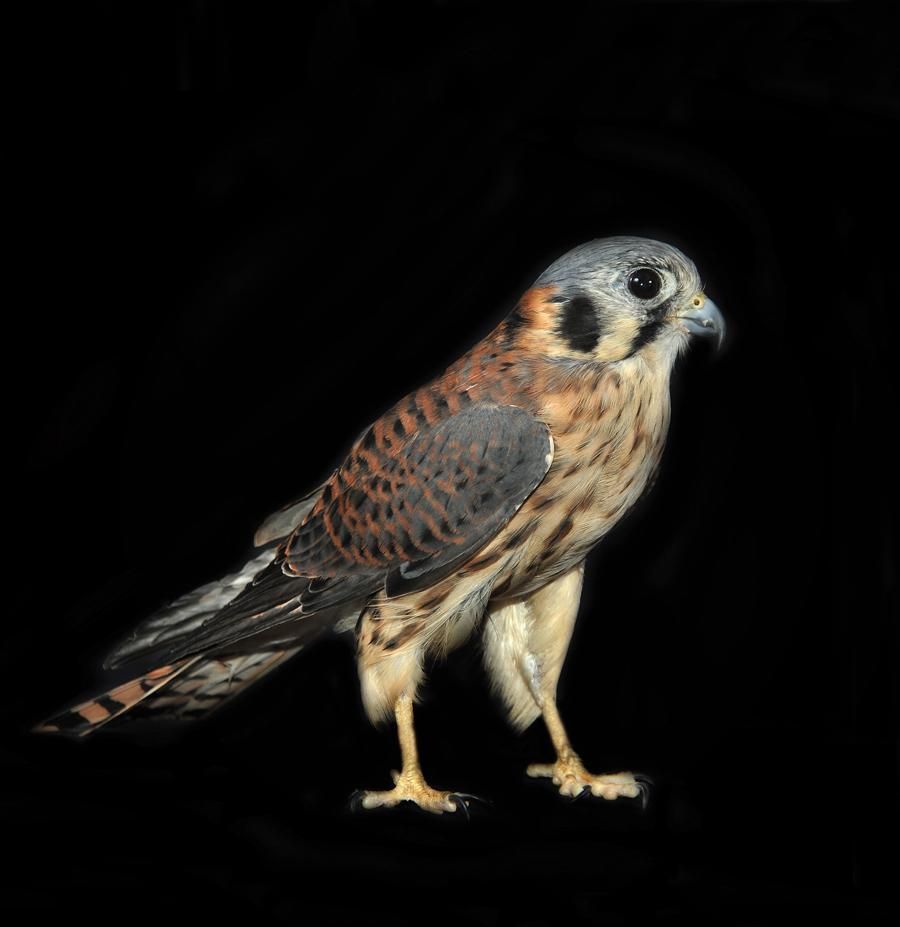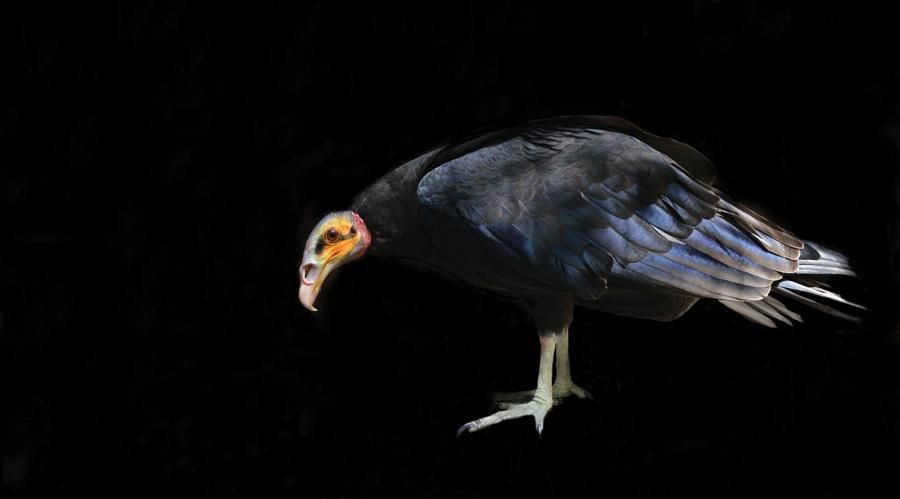Raptors: Portraits of Birds of Prey
Everything from cute baby chicks to majestic birds of prey, as seen through photographer Traer Scott’s lens.
In 1920, Orville Wright was asked to explain how he and his brother Wilbur became interested in the problems of flight. “In the spring of the year 1899 our interest in the subject was…aroused through the reading of a book on ornithology,” he replied. “We could not understand that there was anything about a bird that could enable it to fly that could not be built on a larger scale and used by man.” Throughout his life, Orville recorded bird sightings in his diary; a buzzard soaring, an eagle rising higher and higher. To celebrate birds as an inspiration to aviators everywhere, we offer a slideshow of exceptional images from Traer Scott’s new book, Raptors: Portraits of Birds of Prey (Princeton Architectural Press, 2017).
The project was shot over a period of about six years, beginning in 2011 with a visit to the Vermont Institute of Natural Science in Quechee. There Scott photographed a red-tailed hawk, a kestrel, and a great horned owl, among others. But her interest in raptors dates back to childhood, when her family served as amateur rehabilitators to a screech-owl with an injured wing. “We fed her live, unconscious mice,” Scott writes in the book’s introduction, “which she swallowed whole, usually pausing with the poor creature’s tail hanging out of the side of her mouth like a postmeal cigarette.”
Interested in photography since she was six, Scott took her first darkroom class at the age of 10, she told us in an interview. And she’s always had a deep love of animals: “They’ve been probably my biggest passion for as long as I can remember,” she says. But it wasn’t until her first book, Shelter Dogs, that the two interests came together. For this book, her eighth, Scott worked with five raptor rehabilitation centers to complete the book, which features 25 different bird species—and 70 color photographs.
While Scott was drawn to the owls (“You just can’t be around an owl and not be happy,” she says), she was most surprised by the vultures. “The vultures were so charming,” she says. “They’re funny, smart, interesting birds that have a great deal of character.” While photographing vultures at the Carolina Raptor Center, Scott and the keepers took the vultures for a walk. “They would just waddle along with us in the woods and follow like dogs,” says Scott. The birds are extremely intelligent; during the photo shoot, the vultures appeared to be terrified of the light cords and refused to step over them onto the background set up for the shoot. The staff believed, says Scott, that the birds thought the cords were snakes. “Vultures are extremely intelligent and, perhaps because of that, are more aware and fearful of potential dangers than other birds,” she says. (The backdrop was soon abandoned and Scott photographed the vultures where they felt most comfortable.)
To see more portraits from the book, click on the slideshow, above. Photographs and text excerpts are reprinted with the permission of the publisher. All © Traer Scott from Raptors: Portraits of Birds of Prey © 2017 Princeton Architectural Press.
